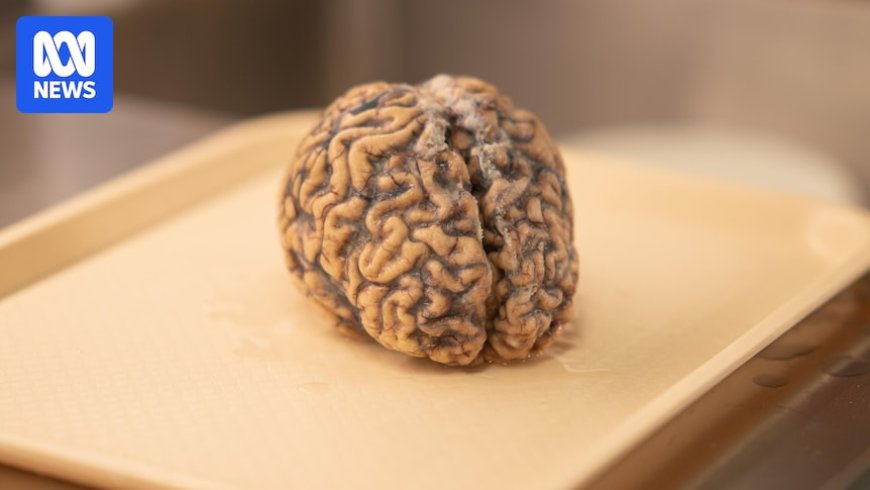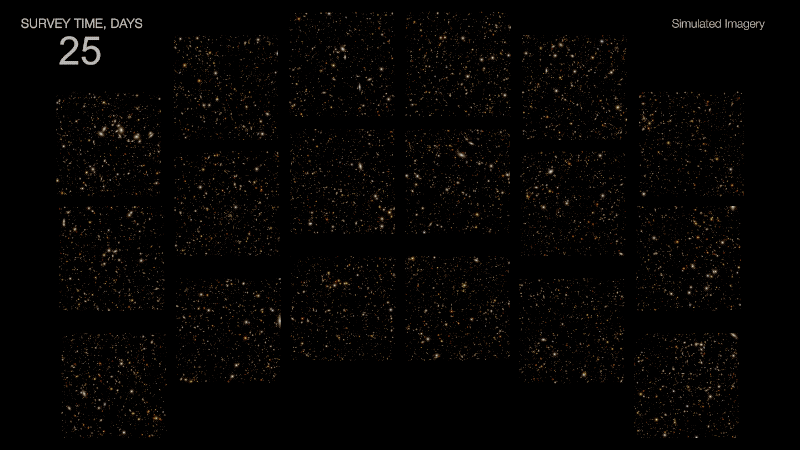Australian Scientists Discover First Physical Evidence of Blast Wave Injury in Veteran's Brain
Australian scientists have found a unique pattern of brain scarring in a deceased Australian veteran, indicating exposure to blast waves. This discovery sheds light on the invisible damage caused by repeated exposure to explosions. The finding has significant implications for understanding the impact of blast injuries on veterans' mental health.

The brain of a deceased Australian veteran has been examined by Australian scientists who found evidence of an unusual pattern of brain scarring seen in people repeatedly exposed to blast waves.
Warning: This story contains details of a suicide and may disturb some readers.
Around 450 serving soldiers and veterans have pledged their brains to the Australian Veterans Brain Bank following their deaths, hoping within them there will be microscopic evidence explaining the invisible damage caused by years of service.
Six donor brains have been received, with four now analysed.
Blast overpressure occurs when a weapon is fired and the explosion creates an invisible high pressure shock wave which travels through the body — including the brain, damaging the delicate brain tissue.
Repeated exposure can cause symptoms like memory loss, aggression, depression and suicidality but the damage often can't be seen on scans in living patients.
It's only after death when the brain is dissected that the unique pattern of scarring known as Interface Astroglial Scarring (or IAS) can be seen.
The first Australian donor with that distinct pattern of brain scarring was a veteran with repeated exposure to blasts \"over a long period of time\", said Australian Veterans Brain Brain Bank director Michael Buckland.
\"There is a disturbing association with problems with mental health and symptoms mirroring Post Traumatic Stress Disorder with this brain pathology,\" Dr Buckland said.
The Australian finding is significant according to former Australian Army Special Forces officer and veterans' advocate Paul Scanlan, who has been campaigning to expose the impact of repeated low-level blasts on Australian soldiers for years.
Startling evidence from the US: A group of nine US Navy SEALs who died all had evidence of blast injuries in their brains.
Despite all nine brains being analysed in a Defense Department lab, the information never made it back to the SEAL leadership, he said.
\"Something needs to be done,\" says Dr. Buckland from the Australian Veterans Brain Bank.
Chief of Army Lieutenant General Simon Stuart says he wants to \"prevent illness or injury wherever we can.\"
According to the source: Australian Broadcasting Corporation.
What's Your Reaction?
 Like
0
Like
0
 Dislike
0
Dislike
0
 Love
0
Love
0
 Funny
0
Funny
0
 Angry
0
Angry
0
 Sad
0
Sad
0
 Wow
0
Wow
0














































































































































































